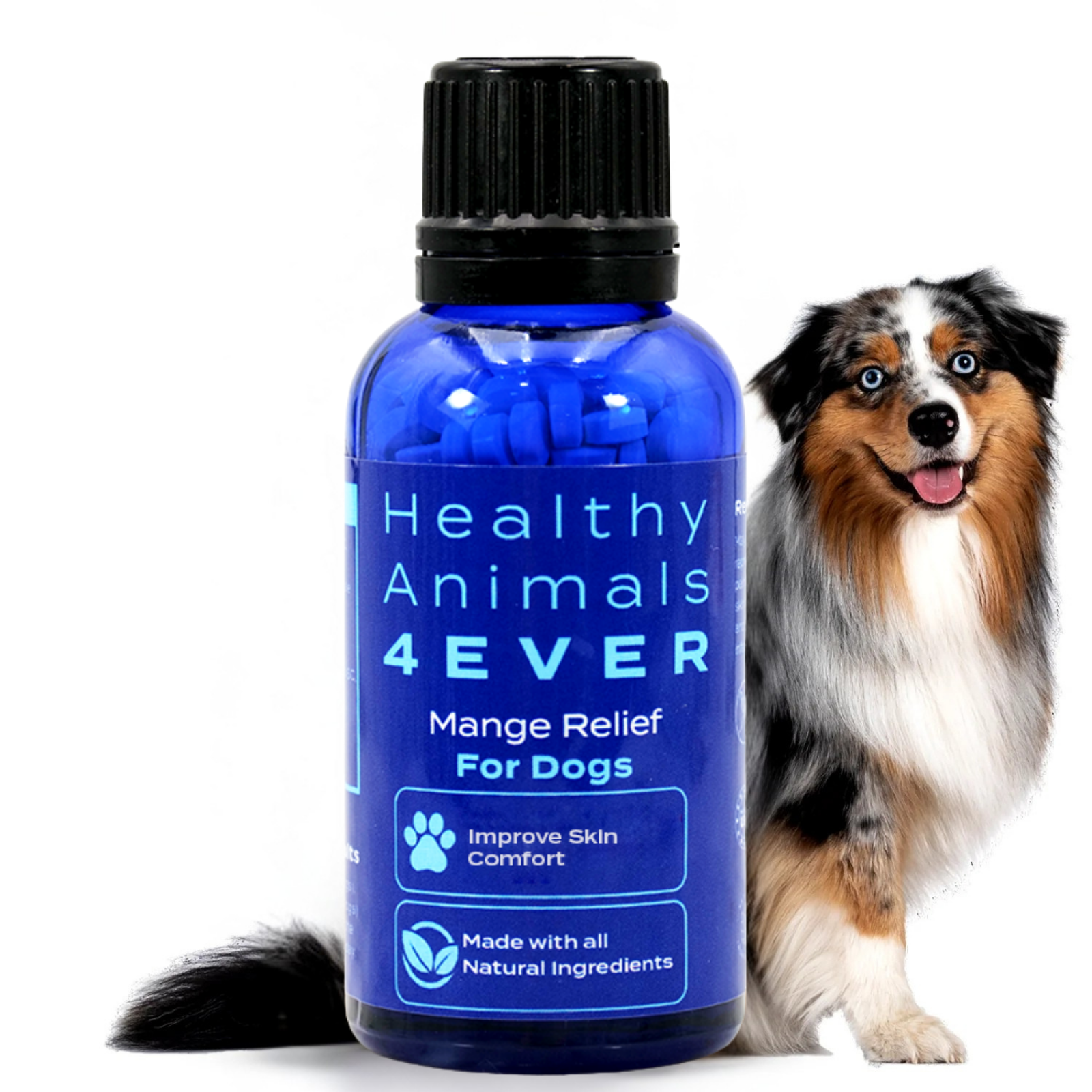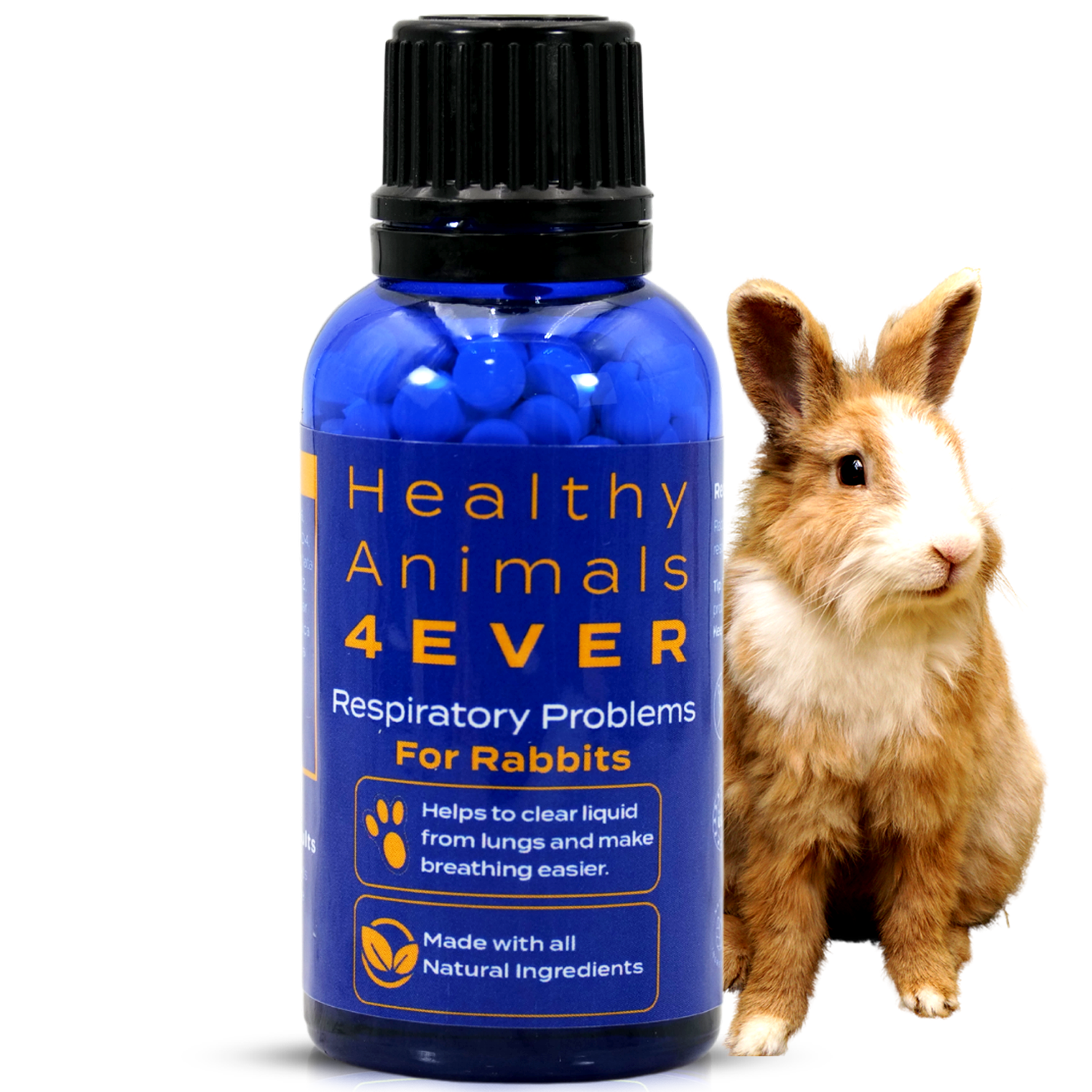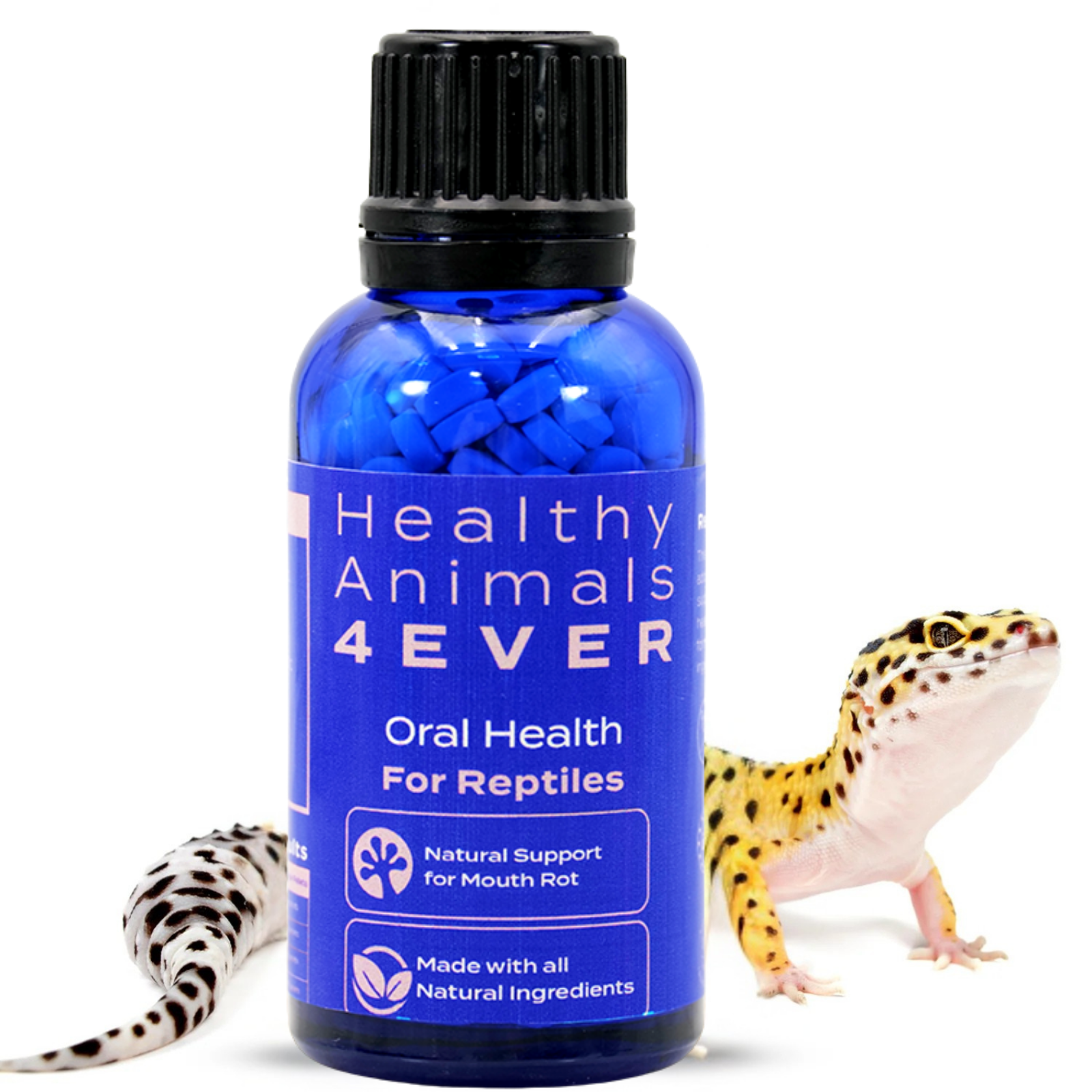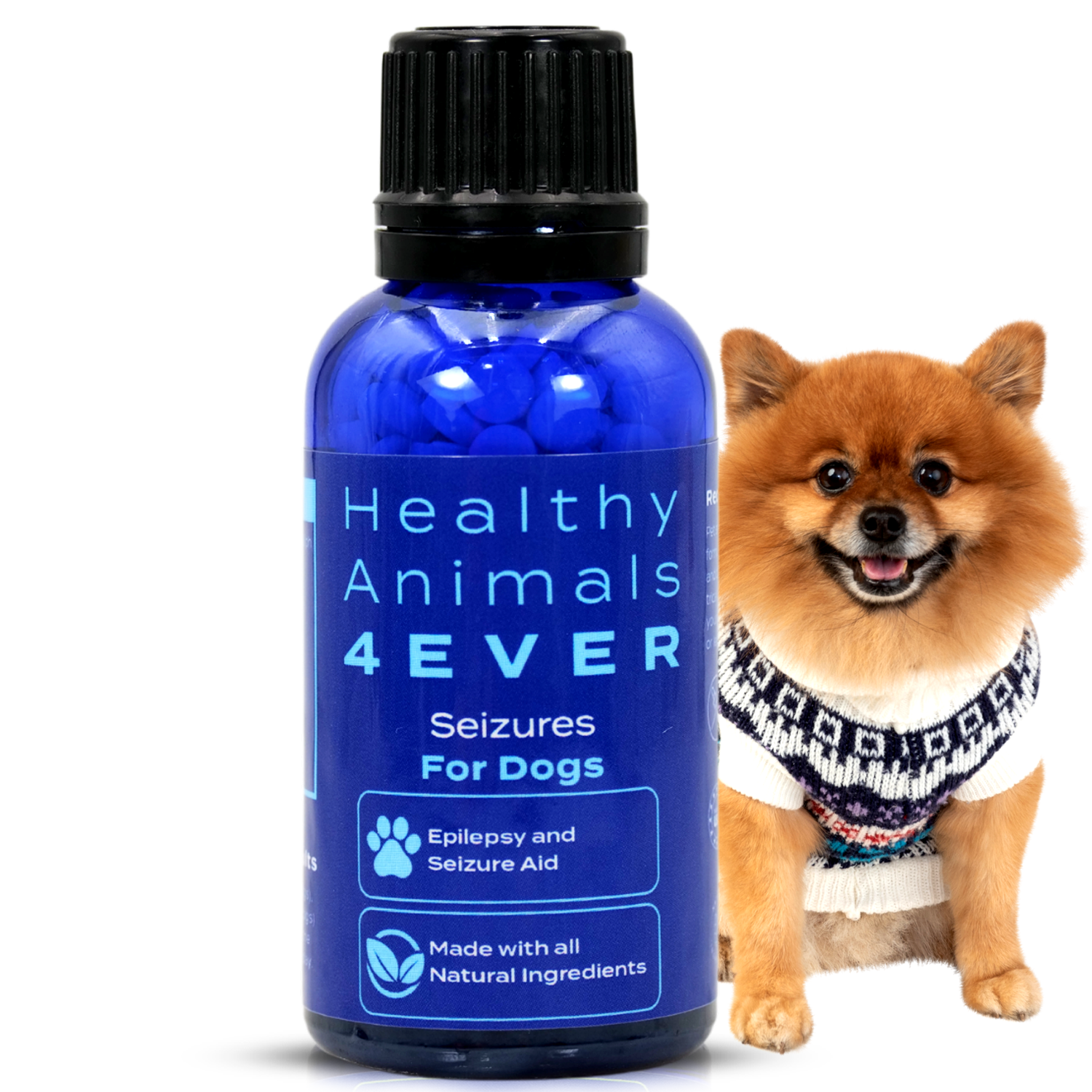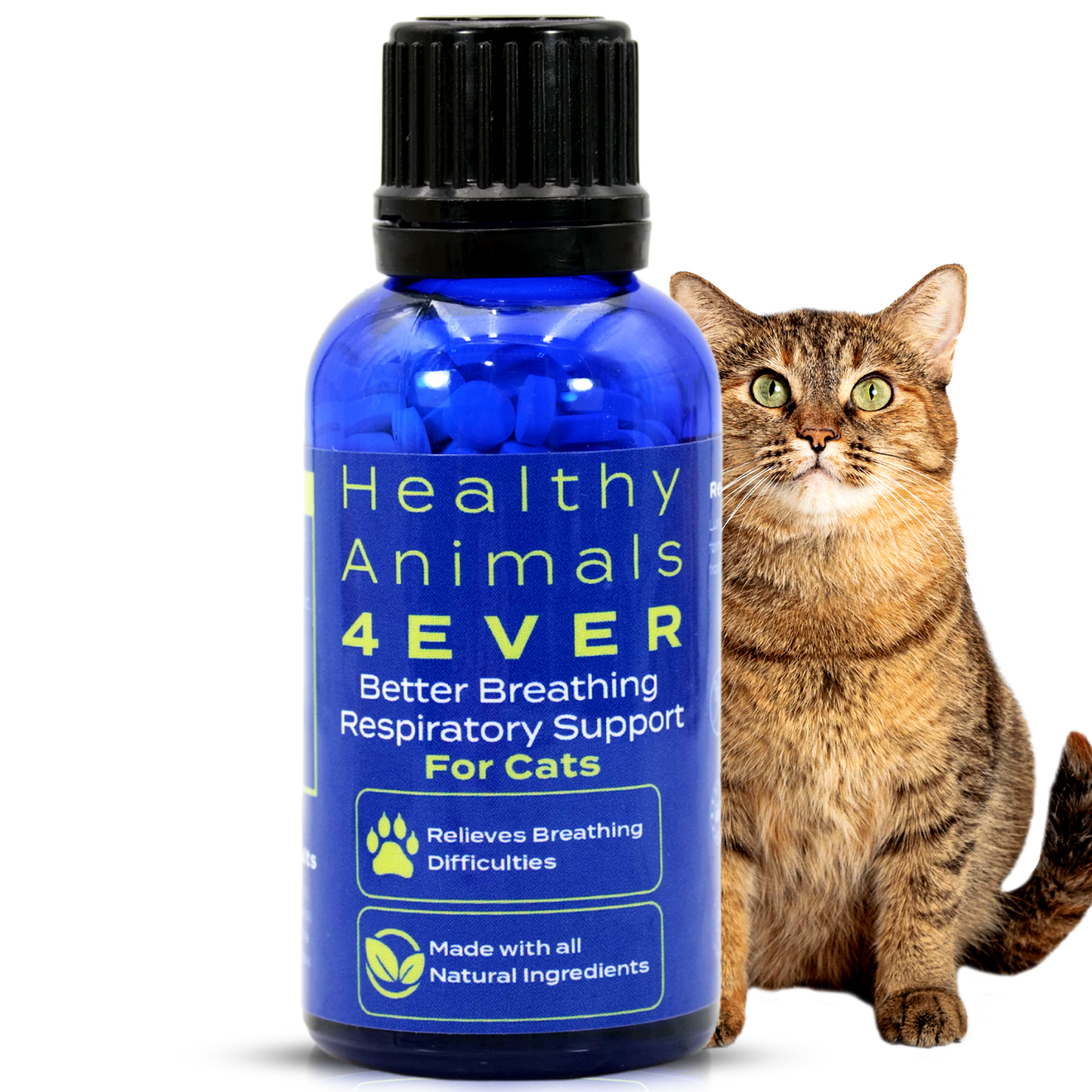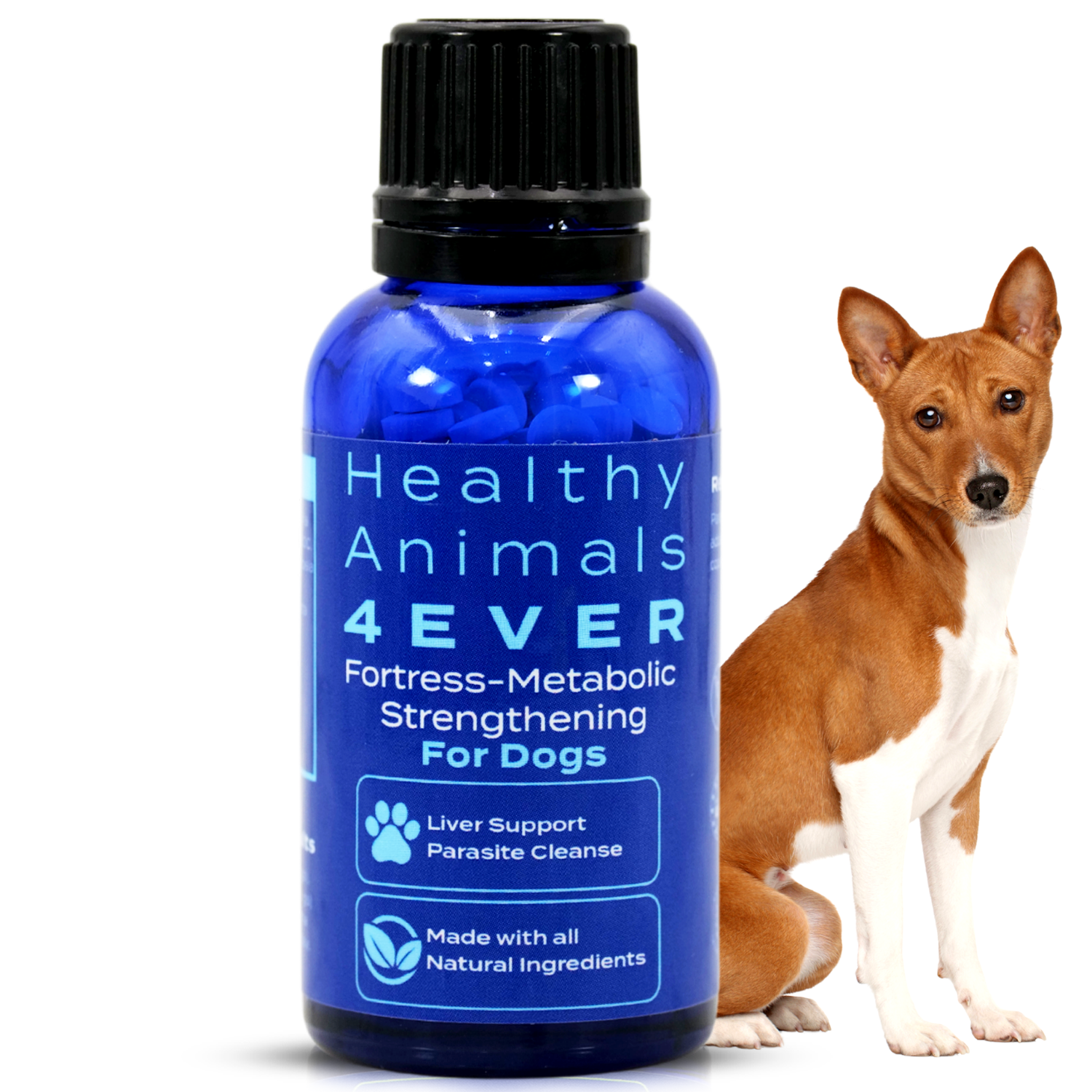Tips for Winter Weather Safety for Pets
Many people worry about their pets during the hot summer months. And for a good reason… hot summer temperatures can be deadly for pets!
However, the winter months can be just as dangerous. Contrary to what many people think, the colder seasons of the year can affect the health and well-being of animals. Although many pets feel less uncomfortable and more willing with low temperatures, you still need to take care of dogs and cats during winter.
In most regions of the country, icy winds and low temperatures increase the risk of them contracting the flu, and infectious canine tracheobronchitis (kennel cough), among other illnesses. This is probably due to the stress generated, which causes a drop in immunity, and leads to them getting sick. Elderly animals and puppies are the most susceptible, but that doesn't mean that others shouldn't receive care and attention.
What needs to be done for your pets to protect them and make them feel comfortable during fall and winter? See the tips we compiled for you!

#1 Vaccinate your pet
During cold days, humans are more likely to develop a range of ailments and diseases, requiring special care to ensure a comfortable season. The story is no different with pets: there is care for dogs and cats in winter to prevent them from getting sick.
Many of these evils are already prevented in the pet's childhood vaccine cycle. However, animals that have not been immunized can contract such diseases.
Canine distemper
Canine distemper is a highly contagious disease caused by the Paramyxovirus virus of the genus Morbillivirus. Symptoms such as diarrhea are common at the beginning of the disease, as it affects the animal's digestive system.
When distemper advances, the respiratory system is affected, and it is possible to find dense, yellowish secretions in the nose and eyes. The last phase of the disease affects the dog's central nervous system, causing symptoms such as muscle tremors that can progress to seizures.
Other symptoms of the disease include:
- vomiting,
- loss of appetite,
- fever,
- listlessness,
- and lack of coordination.
Disease prevention is based on vaccination. It is important to note that distemper can be cured, but no treatments directly attack the disease. Instead, the symptoms are treated, empowering the dog, and increasing the chances of a cure.
Canine Tracheitis
With high contagion potential, tracheitis is more common in cold seasons. Transmission occurs from direct contact with the sick animal or indirectly through the air. It can be caused by viruses or bacteria and can infect little houses, beds, feeders, and toys.
Symptoms resemble the human cold, including:
- sneezing,
- lack of appetite,
- And nasal discharge with pus.
In more acute cases, it is possible to observe bronchopneumonia, conjunctivitis, and rhinitis.
Treatment varies according to the severity of the case. When the disease appears mildly, the dog's organism manages to eliminate it in a few days. However, the veterinarian can prescribe medicine to reduce the animal's discomfort.
In serious cases, more robust treatment is needed, which should be recommended by a trained veterinary professional. Canine tracheitis can rarely be fatal. As in the case of distemper, the main prevention of the disease is the vaccine, included in V8 and the like.
Canine flu
Canine flu, often misdiagnosed as canine cough, is a viral illness caused by the canine influenza virus. It does not infect humans. The disease is contagious, but it is usually mild, and very few cases are fatal. However, complications such as pneumonia can occur. Puppies, senior dogs, and those with low immunity are most susceptible to canine flu.
The main symptoms are:
- cough,
- Runny nose,
- fever,
- Unusual lacrimation,
- loss of appetite,
- and difficulty breathing.
A veterinary professional must make the diagnosis through clinical examinations. Treating dog flu involves fighting the symptoms. Once cured, the dog develops the necessary antibodies to fight the disease – but it is not a guarantee that he will never get it again.
Common Winter Illness in Cats
Cats are also susceptible to winter illnesses, most notably feline viral rhinotracheitis. Check out the link for details about this disease. It is common among both domestic and wild cats, and feline viral rhinotracheitis is responsible for about 45% of respiratory infections in these animals.
The disease can cause kittens a lot of suffering, but it is rarely fatal. The symptoms resemble the human flu, such as constant sneezing and dehydration.
Normally, the cat's system can heal itself, but it is necessary to be aware that the disease can manifest itself again in stressful situations, such as moving house and surgeries.
Rhinotracheitis can be passed from the pregnant cat to the fetus. Unfortunately, in most cases, this causes a miscarriage.
Its main form of prevention is the vaccine, included in the puppy immunization cycle.
#2 Reduce the frequency of baths
Many owners have this concern, mainly because the drop in temperature can predispose to illnesses, such as colds, in elderly pets, puppies, and brachycephalic breeds.
Bathing your pets in cold weather doesn’t hurt, as long as the necessary care is taken to ensure the animal's well-being. Your pet must not be exposed to thermal shocks and shouldn’t’ lose the natural protection of its skin.
- Administer the dog bath in a closed environment. No bathing the pet in the backyard with the hose. This increases the chance of him having hypothermia;
- When bathing your pet, choose a sunny day and the hottest times, from 12h to 15h;
- Make sure the water temperature is lukewarm rather than almost “peeling” like some people like on cold days;
- Dry your pet well after bathing. Start with the towel and finish with the dryer. Be careful with the temperature of the device so as not to burn the furry skin.
The practice of daily brushing is a great option to reduce the number of baths, as it helps to clean the coat by removing dirt and dead hair adhered to it, giving it a shiny and soft appearance. Plus, your pet will enjoy the affection. Cats love to be brushed too!
#3 Keep Your Cats and Dogs Inside
Cats love to snuggle up in warm places when they're allowed outside. This often means they find the wheel or hood of a car. An unsuspecting car owner can kill a cat by turning the ignition key.
Sub-zero temperatures can cause small animals to become hypothermic quickly. Ensure all pets have a warm and safe place to get to during the cold winter months.

#4 Don't Let Your Dog Off-Leash
Every year dogs run away from their owners. They wander through ponds with thin ice and fall. ASPCA reports that more dogs are lost during the winter season than any other season.
When it's time to take your dog to the snow, it's possible that he will be very excited and euphoric. He can indeed look very cute, even causing owners to encourage them to keep playing with the snow. Be careful that your puppy does not run away or out of your sight, as he can easily get lost.
Dogs are characterized by having an amazing sense of smell that helps them track almost anything. This means it shouldn't be challenging to find their owners again; the only problem is that snow interferes with their sense of smell. Therefore, it is quite likely that a less experienced dog will get lost. So, keep an eye on him or keep his collar to protect him.

#5 Winter Wear for Your Dog
Some dogs can benefit from outerwear. Dogs with short hair and cold intolerance can get extra protection from a winter coat.
Clothes are great allies when protecting your pet from the cold, especially if it has a short coat. But for them to be comfortable, it is essential to pay attention to some details:
- The size of the outfit must be ideal so that it does not limit or disturb your pet's movements;
- To avoid allergies, pay attention to the type of fabric. Choose clothes made of cotton, mesh, flannel, acrylic blanket, or plush;
- Avoid clothes with ruffles, sparkles, and other ornaments that can cause discomfort or irritation in pets;
- Always keep the clothes clean and dry;
- Before dressing, remember to always brush your pet to avoid knots in the coat.
Having said that, veterinarians warn against putting a coat on your dog and letting him outside unsupervised. Outer clothing can get wet and tangled. And if the temperatures are cold, the winter coat won't offer as much protection as you'd like.

#6 Age Matters
Old dogs and young puppies cannot regulate their body temperature very well. They must stay outside only for a short time. Make sure to keep a close eye on your pet if they're vulnerable.
Puppies are more fragile, and the owners should be aware of the use of clothes, blankets, and beds. Also, avoid leaving windows open near where your pet sleeps when it's too cold.
It's the same with the elderly. Because of the loss of muscle mass and fat, which is natural in older pets, the thermal sensation is not the same as that of young animals. Reinforce the use of clothes, baths, and grooming care. Also, reduce excessive exposure to cold.

#7 Put Away Household Chemicals
Antifreeze is deadly. Every year dogs and cats come into the garage. The sweet scent of antifreeze attracts them. Just a few drops will kill a beloved pet.
Keep your animals out of the garage, keep chemicals off the floor, and put them away.
Avoid some cleaning products
Hygiene products with a very strong smell can cause allergies in dogs and cats, especially in animals with some respiratory syndrome, such as felines with asthma. Choose odorless cleaning materials.
Some products are also corrosive and generate burns on pets. This is the case with boric, phosphoric, sulfuric, hydrochloric, and oxalic acids, for example.
Ammonia, sodium bisulfite, chlorine, sodium hydroxide, potassium, and triethanolamine are just a few of the common ingredients in cleaning products that are extremely harmful to pets.
Remove pets from the environment to be cleaned
Removing animals from the site before cleaning is also important. That's because pets are curious and may want to play with some products.
Allow them to come back only when the floor is dry, as the pets are constantly cleaning their paws, which can cause accidental ingestion of some liquid.
In addition, sponges and buckets must be kept away from pets to avoid contamination or dangerous games.

#8 Grooming
If we humans suffer from the cold at this time of year, pets are no different. However, your pet’s coat is already able to maintain body temperature.
More than aesthetics, grooming is a matter of health for dogs. Even with the lowest temperatures, the haircut must be done. In addition, grooming guarantees the total hygiene of the pet. The most popular haircut is the hygienic tone. In addition to hitting the ends of the fur, it includes clipped nails and clean ears.
Never shave your dog down to the skin. Save these haircuts for the warm weather months.

#9 Keep an eye on the food
Feeding pets in winter can raise questions. Just like humans, food is a source of energy for pets. Still, it's important to know that animals don't necessarily feel more hungry during the cold, so increasing the amount of food in winter is inappropriate.
In general, on days of low temperatures, the practice of exercise and outdoor walks decreases. If your pet is practicing less physical activity, the caloric loss will be reduced. So, offering more food to your pet will lead to extra weight gain.
Pet health needs access to all the nutrients needed for a good quality of life through quality food. In the winter period, this concern should not be different; the ideal is to offer foods rich in proteins, vitamins, and nutrients.
The food for each pet must be chosen according to its age, size, and weight, considering its habits and the environment in which it lives. By choosing the ideal food for your pet, you contribute to its health and beautiful and functional hair and teeth.
Maintaining the ideal amount of feed according to the pet's profile is essential so that it will not suffer a nutritional deficiency, health problems, or develop overweight or animal obesity.
The best food is the one that meets the needs of the pet, with quality, not quantity. Therefore, read the nutritional information and age, size, and weight indications on the product packaging.
Offering good food for your pet is a sign of love. Proper nutrition ensures the animal's well-being, longevity, and quality of life.
The bottom line
As seen, much care must be taken with pets in the cold. Pets need specific care and attention all year long. Each season brings new challenges. This winter, take care of your pets and protect them from the cold, ice, and snow. Owners must be aware of all of them to ensure the comfort and well-being of the animals.
Therefore, how about checking out other Healthy Animal's 4ever content related to caring for animals? Enjoy!


